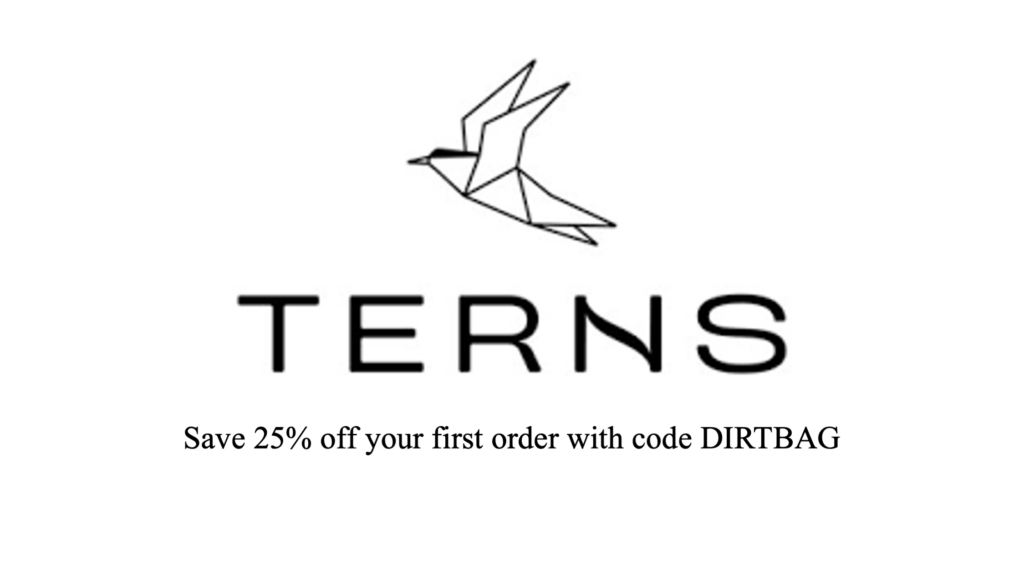Prince of Wales
“It’s like being caught in a spiderweb. You’ll find yourself pushing with every part of your body, and no part of your body will be able to move. You’re totally trapped by–held by plants,” says Elsa Sebastian, describing what it’s like to bushwhack through a 25-year old clear cut in Southeast Alaska. It’s something the lady fisherman did a lot of this past summer in an effort to defend the remaining old growth on her home island, Prince of Wales.
In January of 2017, Alaska Representative Don Young introduced a bill that would transfer up to two million acres of the Tongass National Forest to the State of Alaska for timber harvest. Much of that land would come from Prince of Wales.
For the fourth installment of our Endangered Spaces series, we travel with Elsa and her companions, botanical illustrator Mara Menahan and biologist Natalie Dawson, as they trek through the areas on the island selected for transfer to see for themselves what’s been lost and what remains to be saved.
Learn more about the project at laststands.org
Find Mara’s illustrations at maramenahan.com
Music: If Walls Could Talk by Jacob Bain & Nis Kotto • Whatever Comes My Way by Vienna Ditto • Loops to Aviemore by The Freeharmonic Orchestra • novocaine by Fog Lake • Passages by Kai Engel • The Cuckoo by Jason Tyler Burton • Belly of the Whale by Jason Tyler Burton • daemones by Kai Engel • Fog by Sergey Cheremisinov • Something by Kai Engel • rattlesnake by Fog Lake • The Fallen by MC Cullah • One Day by Bradley Carter • love letters lost by Fog Lake • Clinchfield Rail by Jeff Przech
Tracks provided by Free Music Archive and with permission from the artists.






As a big fan of the Dirtbag Diaries I was excited to hear this piece on Prince of Wales Island. I was excited to hear the piece since my wife and I have been conservationist fighting the over logging on POW and elsewhere on the Tongass for around 35 years. For over 25 years we lived on a sailboat and spent many weeks traveling the waters mostly around POW. I was further excited because my wife Connie and I have accumulated well over a year’s time each trekking across POW through clearcuts and old growth, often spending a month doing exactly what Elsa is doing now. Much of the exploration we have done on POW in the past was staying one step in front of the chainsaws to protect caves and karst, which by Federal law must be protected. Therefore, I was a little disappointed to not hear any mention of karst. By the way, most of the large trees that have been cut on POW are on karst. The karst is what made the trees grow so big. I applaud Elsa for her work, I know her dad, that I know slightly, must be proud as he has been fighting the fight as long or longer than my wife and I have been. One more thing that I must bring up. Elsa owns a troller, not at a trawler as I heard on the podcast. Thanks for keep the fight up to protect our public lands. Marcel LaPerriere, Sitka, AK
Hi Marcel,
First and foremost, thank you for all of the work you and your wife have done over the years to protect our public lands.
We appreciate your feedback in regards to the karst on POW. One of the most challenging parts of these Endangered Spaces episodes is figuring out how to condense these big, complicated issues into single, digestible stories. We try hard to make thoughtful decisions about what needs to stay in a piece and what to cut–we may not always get it perfect.
re: Trawler v. Troller: Oof. That’s my fault. Thanks for letting us know.
Thanks for your response. I number one loved the piece and I feel bad for pointing out the karst issue and understand that you can only cover so much. I just felt that karst is such a big part of the story that it is hard to ignore. The USFS geologist Jim Baichtal says “if you want to know where the karst is, just look at the map of the logging roads.” There was a reason that the biggest trees were selected to be cut and that is because they almost all sat on karst. As a person who spent over 15 years exploring the karst and caves of POW, often staying one step ahead of the chainsaw, I was of course disappointed. I know the other’s who also have been fighting the fight for 30 plus years will also be disappointed, because the story of logging on POW is the story of where the karst is. So, I apologize for being sensitive about the karst. Oh, you are not the first one to confuse the two types of fishing boat, but if you want to make a troller mad call them a trawler. As a long time board member of conservation agencies that fight to protect fish that can get us going because trawling is not sustainable and does terrible environmental damage. Love the Dirtbag Diaries and I loved the fact you came to SE to cover an important story. I also love the fact that the Dirtbag is covering important stories like this and Bear’s Ears. It’s your generation that will hopefully keep the short sighted politicians from raping and pillaging the last of our Public Lands. Keep up the good work, and I apologize for being too sensitive.
Hi! My name is Aevind Burgess and I’m working on a project collecting information about the Wilderness areas around Prince of Wales Island. If you’ve been to any of them, the Karta River Wilderness, Coronation Island, Warren Island, Maurelle islands, or South Prince of Wales Wilderness, I would love to connect with you and here your stories/observations about any of these Wilderness areas.
Hello. I’ve been to most of those areas. Mostly SPOW Wilderness. Lots of time on north POW too. Please feel free to email me st Southeastcedarhomes@gmail.com
First, I recently discovered this podcast and I really enjoyed this episode! I have spent a number of years working as a treeplanter for the logging industry in British Columbia which means I’ve spent a lot of time planting clear cuts albeit ones that were fresh. In Canada, clear cuts are planted, and then maintained. Brushing crews go in and thin out the forests to ensure the trees can survive and grow to sizes which do allow for logging of second growth forests. Is there a reason why this hasn’t been done in Alaska? Is the logging industry in BC more profitable? It is true that the logging industry here doesn’t do this out of the goodness of their hearts it’s required of them. Thanks for the fascinating podcast!
Una:
On the Tongass, the trees grow back after a clear-cut very quickly because the soil is filled with seeds that are just waiting for a disturbance to regrown. That then results in a very thick forest with no understory that offers very little habitat value from between 10 years after the clearcut until 125 years or more later– depending on the site conditions. In a natural disturbance regime state, that would create a mosaic of diverse habitat. but when there are massive clearcuts that expand over time with further harvests and cut that covers entire watersheds, the result is a biological desert of forest that doesn’t have the natural complexity and variability of old growth.
For timber management here in SE AK, instead of tree planting, what is needed is the “pre-commercial” thinning. I imagine that this is similar to brushing that you describe. This work thins out the trees to a spacing of 12’x12′ or 16’x16′. That results in trees that grow faster and are commercially viable much sooner. It also results in somewhat of an improvement of the wildlife habitat.
The problem that we currently have with Forest management in Southeast Alaska is that the most powerful voices in the timber industry (leadership of the Alaska Forest Association) are not interested in taking a long-term approach to forest management. They are not advocating for the level of pre-commercial thinning that is needed. Their interest is in continuing old growth timber harvest to keep one mill alive that has put all their focus into specializing in the lumber products that come from the increasingly rare, limited, and nearly depleted old growth timber. For those interests, it is more about keeping their business going year-to-year as long as they can rather than taking a long-term vision of forestry and forest management.
The very sad fact is that our old growth timber is being liquidated and we are foregoing good silvicultural practices because a couple of businesses and interests are well connected to key political leaders.
Andrew Thoms
Sitka Conservation Society
Every episode of the endangered spaces installments have brought me to tears. I listened to the first episode while on a 7 month traveling stint in Latin America. I felt like I was helplessly losing everything I loved in this world, but it made me want to do something. I haven’t exactly figured out my answer, but I am definitely more conscious now than without having listened. I think that these are hugely important, and everyone should listen to them. Thank you so much for making these podcasts. Thank you. Thank you.
Thank you for this important story. It reminded me, and my husband, not to be complacent. While we might not visit Prince of Wales Island, we care that it, and the old growth exists and we admire Elsa and her partners. We’ve put money behind this feeling. Thank you for both this story, and the stories that allow us to experience so many vicarious adventures. Your fan, Hally
Greetings! I just saw in the local news that the Forest Service has approved the plan to clear cut quite a bit more of the Tongass’ Old Growth on Prince of Wales.
They’re undergoing the NEPA review now, so this is your opportunity to ask those hard questions (like, how will this affect salmon streams, how much money will this bring to the economy compared to commercial fishing, are there alternatives to clear cutting and why aren’t you using those methods? Etc) to the Forest Service before they move forward.
Information on submitting public comment is available on the USFS’s website https://cara.ecosystem-management.org/Public//CommentInput?Project=50337